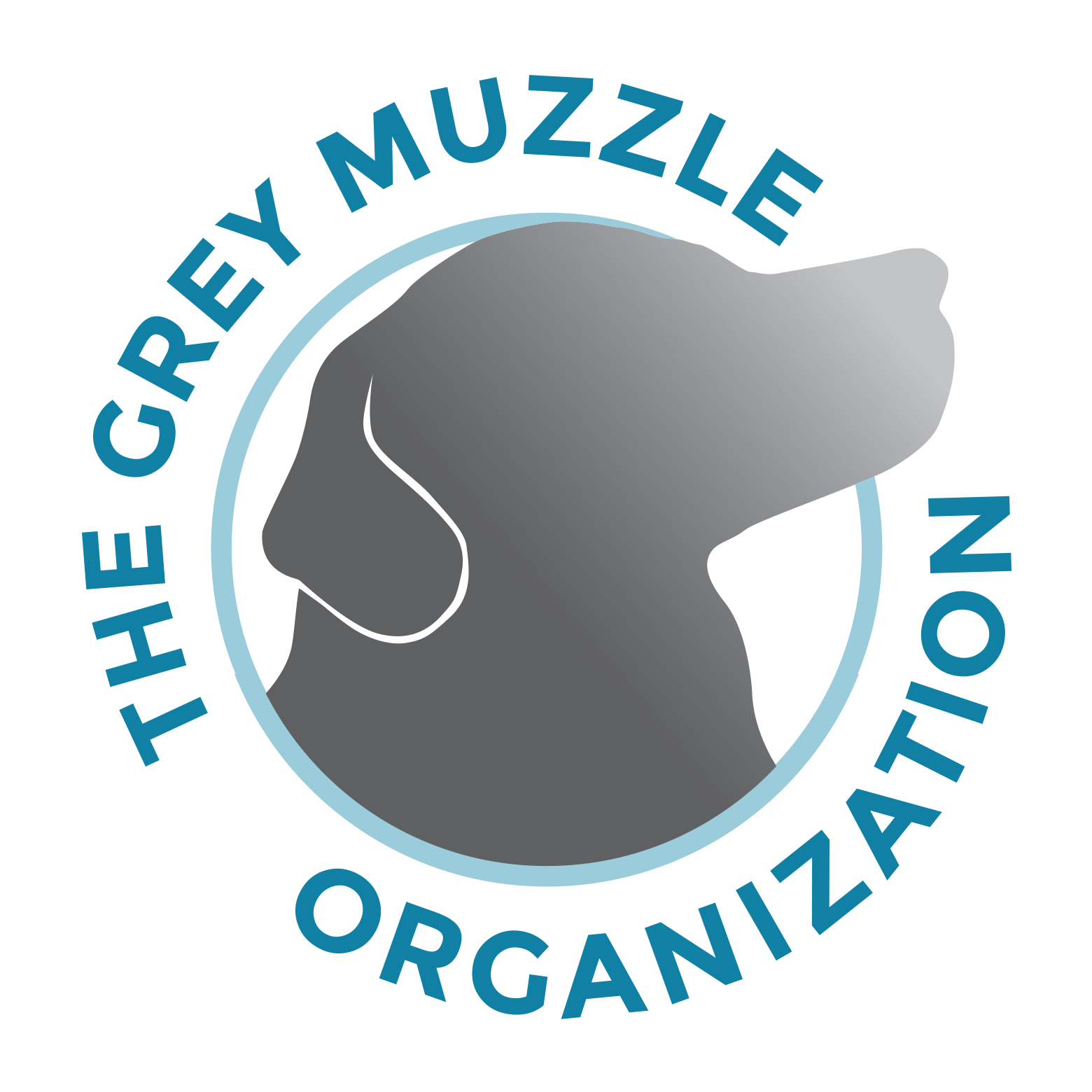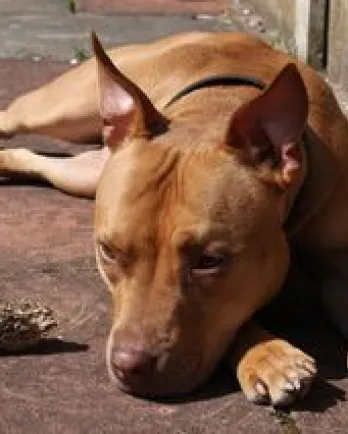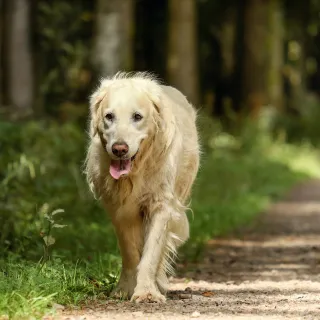Incomplete Endings: Coping With a Runaway or Lost Pet by Adam Clark, LSW, AASW
Moving through the grief and guilt while not knowing how our pet may be doing.
This article has been republished for exclusive use by The Grey Muzzle Organization with the permission of original author, Adam Clark, LSW, AASW. Adam Clark, LSW, AASW is a published writer, educator, and adjunct professor at the University of Denver’s Graduate School of Social Work.
It's quite common to think that grief comes at a time when there is a physical death, or a concrete ending that we can face and begin to move through. Many loving pet owners, however, recognize that there are times when grief comes about when the situation we face isn't so concrete.
Mistakes happen when dogs get out, cats escape, or the gerbil runs away. Not knowing where your companion animal may be, or how they are doing, present unique challenges in grief.
At times ourselves or a family member may even be at fault. Maybe you forgot to latch the gate, or maybe your hands were full of groceries and you didn't see your pet walk right passed you outside the closing front door. Maybe they slipped the leash while out walking and ran faster than you can keep up. The scenarios and "risks" are endless.
This article explores how to cope with the pain of grief commonly felt during this time, and changing apathetic guilt into productive energy that gives back.
You're in the Grief Process
A situation in which your companion animal has runaway can quickly send you into a tailspin of emotion and grief. We wonder whether or not they may return, we beat ourselves up and place blame on ourselves (or others).
At this time we have to remember that it is healthy and natural to grieve the loss of our companion animal. Although it is easy to beat ourselves up, we must continue engaging in self-care strategies and taking care of ourselves and members of our family.
Many times experiencing a loss that is incomplete, such as a runaway pet, can be considered a traumatic grief. In light of this, it may be helpful to spend some time reading Tragic, Sudden, Unexpected: Grieving for Traumatic Pet Loss.
Moving Away From Blame-Making
One of the quickest ways to compound your grief and increase the tailspin of pain faced throughout the grief process is to add additional blame to yourself while you are grieving. It's incredibly important to work hard at moving against adding additional self-blame throughout the time.
Even if you didn't latch the gate properly and your pet ran away, it's important not to throw heaps of blame upon yourself. Why? You didn't wake up that morning and decide, "I'm going to purposely leave the gate unlatched so my pet can run away." Your motives were not evil.
It's easy to project anger and the many raw emotions we face throughout the grief process onto ourselves or others. If it was another member of the family we might find ourselves feeling incredibly angry, having a hard time facing the person that let the mishap occur.
Making mistakes is a part of the human condition. Is there anything productive that happens when we add the pain of additional guilt and blame to ourselves or others? It's easy to do as we may want others to feel the pain we are experiencing, or we may feel we deserve going through a gut-wrenching experience.
Coping With the Unknown
The hardest factor faced when a pet runs away is the unknown. We are faced we a litany of questions that cycle through are head such as, "where are they now," "are they ok?" Even, "maybe they were found by a loving family..." Or "were they killed by coyotes?"
We attempt to comfort ourselves, especially in the beginning holding onto hope that they will return to us safe and sound. A 2012 study published by the ASPCA highlighted a survey of 1,000 pet-owning households across the country. It found that of those households surveyed, 15 percent had lost a dog or a cat within the past 5 years, and 85 percent of those household pets were successfully recovered. More on this study can be found here.
Statistics; however great in theory, do not help the pain if our pet doesn't return to us.
How Long Do We Wait?
One of the most frequent questions asked is, "how long do we hold out and hope for their return" or "how long do we wait?" The answer is never simple, or easy. As discussed above, being productive in our grief and making signs, sending out emails, and engaging the neighborhood in looking for our lost companion animal can help us cope. There is even a chance we may find our missing pet and return them to the family.
If days turn into weeks, and weeks turn into months, it can be hard to hold onto the unknown, to believe that our pet will return. We certainly don't want to feel as though we are abandoning our companion animal. It's a natural process to not want to give up, give in, or admit that our companion and pet may never return.
Similarly, in coping with the unknown, we must continue to move through our emotions and begin to engage in the closure process whether ourselves or with a family unit. Doing so doesn't mean you are giving up hope, or admitting defeat. We may even receive that email, phone call, or message that someone has found our pet happy and safe. But we may not.
No matter what the ending may be, we can begin the process of closure in saying "goodbye" or "see you later" to our pet, giving thanks, and crying through our loss.
The original article can be found here: https://www.psychologytoday.
Adam Clark, LSW, AASW is a published writer, educator, and adjunct professor at the University of Denver’s Graduate School of Social Work. Adam focuses his work on the psychology behind the human-animal bond, specializing in endings and transitions. He is passionate about reducing the cultural stigma associated with pet loss, supporting pet owners, and educating veterinary professionals.
Additional information on Adam and his current projects can be found at www.lovelosstransition.com, or he can best be reached at [email protected]




